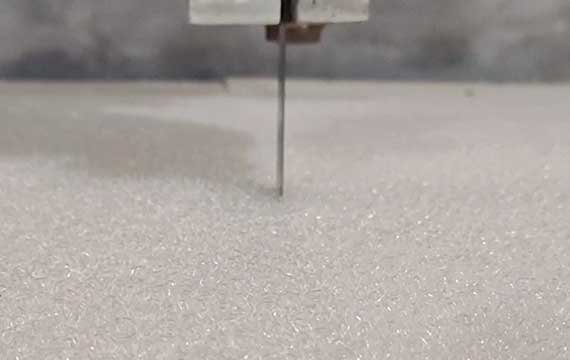Introduction
Foam ceramic filters play a crucial role in various industries, such as metal casting, foundries, and the production of advanced ceramics. They help remove impurities and particulate matter from molten metals and liquids, ensuring high-quality end products. Sintering is a critical step in the manufacturing process of foam ceramic filters, as it imparts the necessary strength and stability to the filters.
Understanding Foam Ceramic Filters
Before diving into the sintering process, it’s important to understand what foam ceramic filters are and their significance in industrial applications. Foam ceramic filters are porous structures made from ceramic materials. They consist of a network of interconnected pores with a high surface area, allowing them to effectively trap and remove impurities and solid particles from molten metals or liquids as they pass through. These filters are crucial for enhancing the quality of castings and ceramics by minimizing defects and improving material purity.
Sintering: The Key Step in Foam Ceramic Filter Manufacturing
Sintering is a thermal process used to bond the ceramic particles in the foam filter, increasing its strength, rigidity, and stability while retaining its porous structure. The sintering process involves the application of heat at specific temperatures and durations, enabling the ceramic material to undergo controlled densification without collapsing the foam structure. Here’s a step-by-step guide to sintering foam ceramic filters:
Material Selection:
Choose a suitable ceramic material based on the specific requirements of your application. Commonly used materials include alumina, silicon carbide, and zirconia.
Foam Preparation:
Cut the foam into the desired shape and size for the filter. Ensure that the foam structure is uniform and free from defects.

Green Body Formation:
Dip the foam filter into a ceramic slurry, coating it evenly. The slurry typically contains a mixture of ceramic powder, binder, and solvent. This step helps create a green body, which is the pre-sintered filter.
Drying:
Allow the green body to air dry or use controlled drying techniques to remove the solvent and binder. This process prepares the filter for sintering.
Sintering:
Place the dried green body in a high-temperature furnace designed for sintering ceramics. The sintering temperature and duration depend on the ceramic material used and the desired properties of the filter.
Generally, sintering temperatures range from 1200°C to 1700°C, with dwell times varying from hours to several hours. It’s crucial to follow the manufacturer’s guidelines for the specific ceramic material to achieve the desired results.
Cooling:
Gradually cool the sintered filter to room temperature in the furnace to prevent thermal shock and cracking.
Quality Control:
Inspect the sintered foam ceramic filter for cracks, defects, or irregularities. Ensure that it meets the required specifications for porosity, pore size distribution, and mechanical strength.
Conclusion
Sintering foam ceramic filters is a critical process in their manufacturing, and it significantly impacts their performance in industrial applications. Properly sintered filters provide efficient and reliable filtration, improving the quality of end products. By selecting the right ceramic material, following precise sintering parameters, and conducting thorough quality control, manufacturers can ensure the production of high-quality foam ceramic filters that meet the demands of various industries. Whether used in metal casting, foundries, or advanced ceramics production, well-sintered foam ceramic filters are essential for achieving optimal filtration performance.

